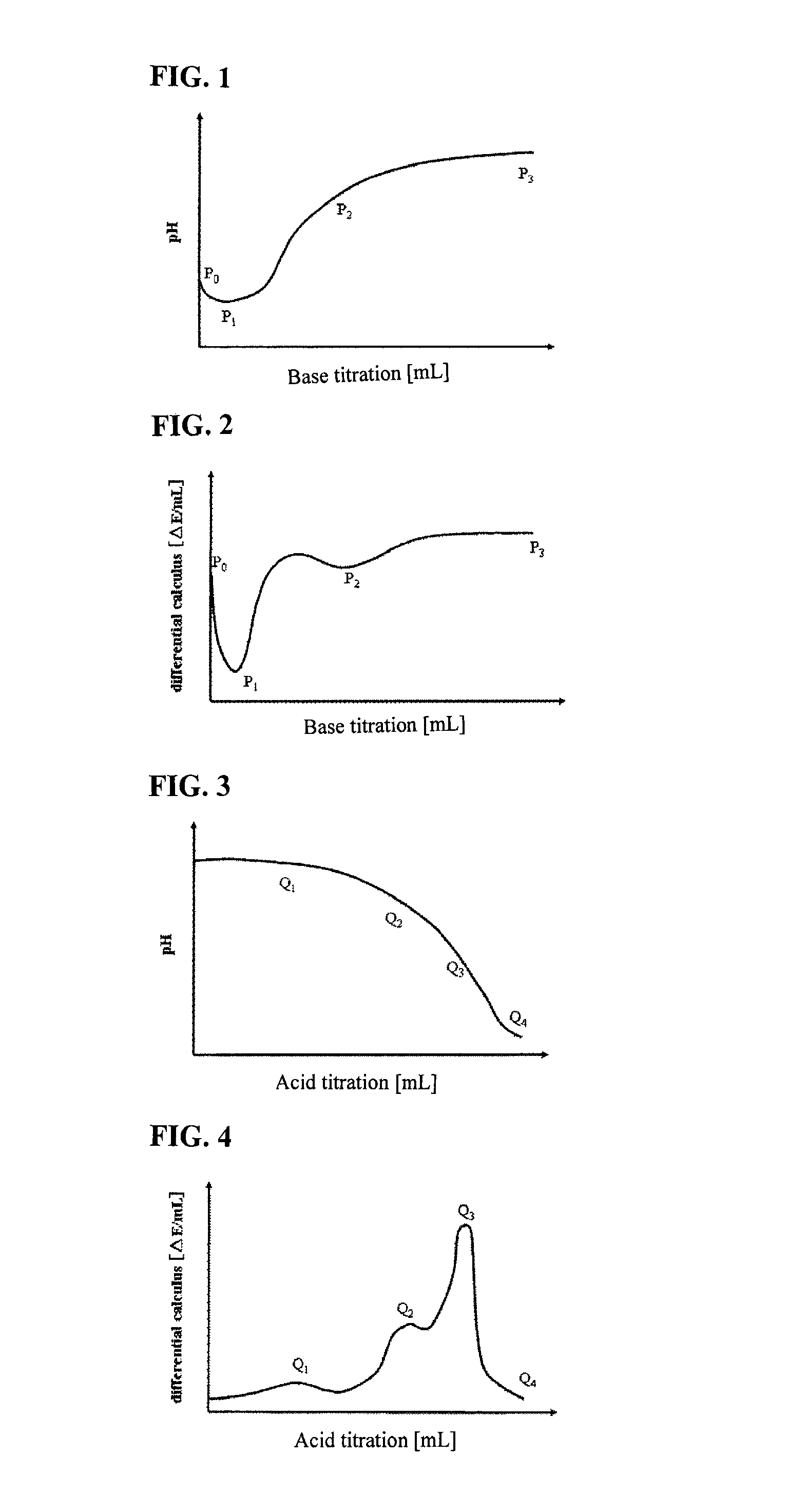Aqueous dispersion type acrylic pressure-sensitive adhesive composition and pressure-sensitive adhesive tape
a technology of acrylic and pressure-sensitive adhesives, applied in the direction of adhesive types, film/foil adhesives, transportation and packaging, etc., can solve the problems of excessive adhesive force and difficulty in removal, and achieve the effect of reducing emission and excellent water resistan
- Summary
- Abstract
- Description
- Claims
- Application Information
AI Technical Summary
Benefits of technology
Problems solved by technology
Method used
Image
Examples
example 1
[0086]In a vessel, 75.00 g of ion exchange water, 20.00 g of surfactant Aqualon KH-1025 (manufactured by Daiichi Kogyo Seiyaku Co., Ltd.; active component 25%), and 37.50 g of surfactant Latemul PD-104 (manufactured by Kao Co., Ltd.; active component 20%) were placed and uniformly dissolved. Then, 227.5 g of n-butyl acrylate, 227.5 g of 2-ethylhexyl acrylate, 25.00 g of methyl methacrylate, 7.50 g of N-vinyl pyrrolidone, 12.50 g of acrylic acid (active component 80%), 3.13 g of methacrylic acid (active component 80%), and 0.20 g of lauryl mercaptan were added to the resultant solution. The resulting mixture was emulsified to produce 635.83 g of emulsified solution.
[0087]In a reactor provided with a stirrer, a reflux condenser, a nitrogen inlet tube, a thermometer, and a dropping funnel, 290 g of ion exchange water was placed and heated to 60° C. while nitrogen was brown therein. Then, part (3.18 g) of the emulsified solution, 5.00 g of an aqueous ammonium persulfate solution (active...
example 2
[0089]An emulsified solution was prepared by the same method as in Example 1 except that 12.50 g of acrylic acid (active component 80%) and 3.13 g of methacrylic acid (active component 80%) were changed to 9.38 g and 6.25 g, respectively.
[0090]An acrylic copolymer emulsion was prepared by the same method as in Example 1 except that the above-described resultant emulsified solution was used. The resultant acrylic copolymer emulsion had a solid content concentration of 52.6% and an average particle diameter of 302 nm.
[0091]An aqueous dispersion-type acrylic pressure-sensitive adhesive composition was prepared by the same method as in Example 1 except that the above-described resulting acrylic copolymer emulsion was used.
example 3
[0092]An emulsified solution was prepared by the same method as in Example 1 except that 12.50 g of acrylic acid (active component 80%) and 3.13 g of methacrylic acid (active component 80%) were changed to 6.25 g and 9.38 g, respectively.
[0093]An acrylic copolymer emulsion was prepared by the same method as in Example 1 except that the above-described resulting emulsified solution was used. The resulting acrylic copolymer emulsion had a solid content concentration of 52.6% and an average particle diameter of 300 nm.
[0094]An aqueous dispersion-type acrylic pressure-sensitive adhesive composition was prepared by the same method as in Example 1 except that the above-described resulting acrylic copolymer emulsion was used.
PUM
| Property | Measurement | Unit |
|---|---|---|
| particle diameter | aaaaa | aaaaa |
| RH | aaaaa | aaaaa |
| temperature | aaaaa | aaaaa |
Abstract
Description
Claims
Application Information
 Login to View More
Login to View More - R&D
- Intellectual Property
- Life Sciences
- Materials
- Tech Scout
- Unparalleled Data Quality
- Higher Quality Content
- 60% Fewer Hallucinations
Browse by: Latest US Patents, China's latest patents, Technical Efficacy Thesaurus, Application Domain, Technology Topic, Popular Technical Reports.
© 2025 PatSnap. All rights reserved.Legal|Privacy policy|Modern Slavery Act Transparency Statement|Sitemap|About US| Contact US: help@patsnap.com



